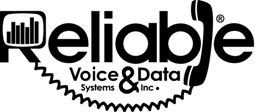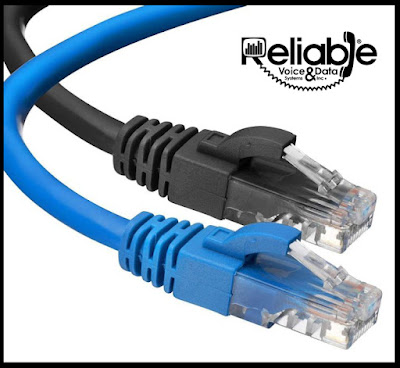Cat6 cabling is also known as category 6 network cabling is a twisted pair of a network cable that is widely used for Ethernet or 10BASE-T. The CAT6 is comprised of four unshielded twisted pairs of copper wire that ends in RJ-45 connectors and delivers high performance. Cat6 network cabling Long Island provides greater bandwidth over Cat5-E and offer larger data transfer rates. In today's world Cat6 has become the minimum standard for cabling installations. Cat6 easily supports data speed of 10 Gbps and is installed in many large organizations. The performance of the organizations has really improved as they are working on a network that provides higher data transfer rates.
What is Cat6 cabling?
In today's world, technology is constantly getting better and the data networks have reached a great height. The processing power is largely increased by leaps and bounds and is set to grow further. Data management experts predict that in the near future the production of data will grow more than forty times. With the continuous increase in the data amount for businesses, organizations need to be sufficiently equipped. To get it effectively installed in your organization, hire a Cat6 installation Long Island that is professional and have the reliable experience of installing Cat6. The Cat6 cable is used for up to a hundred meters.
What are the benefits of installing category 6 cables?
The introduction of Cat6 cable is a standard for Gigabit Ethernet. It is widely used in many organizations as it creates a high network speed and operates at optimal performance. There are many great benefits of installing Cat6 network cable.
- Speed and performance: The Cat6 cable can handle the speed performance of up to 250 MHZ. the fast performance of Cat6 network cable can make it compatible to work with a fast Ethernet network. Many IT professionals have realized that Cat6 cable offers a fast network performance and can deliver gigabits speeds.
- Similar structure with Cat5 cable: Cat6 network cable has a similar structure as of Cat5 and Cat5e. The Cat6, cat5, and Cat5e have eight wires that are twisted to form four pairs. The only difference is that one pair of wire in Cat6 is kept from contacting with others so that it can generate double the bandwidth from Cat5 and Cat5e.
- Backward compatible: The port and plug of the Cat6 cable are the same as of Cat5 and Cat5e. So, it can be plugged into any plug that supports both these cables. If you use the port of Cat5 in Cat6, it will not support the speed that it is capable of handling.
- Upgradable: Cat6 network cabling Long Island can also be upgraded as per the organization's requirement.
Small businesses should also consider installing Cat6 cable for high network speed.
Read also: Know more about Cat5 and Cat6 cables







